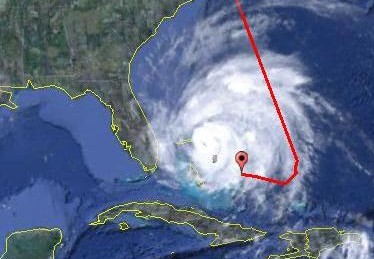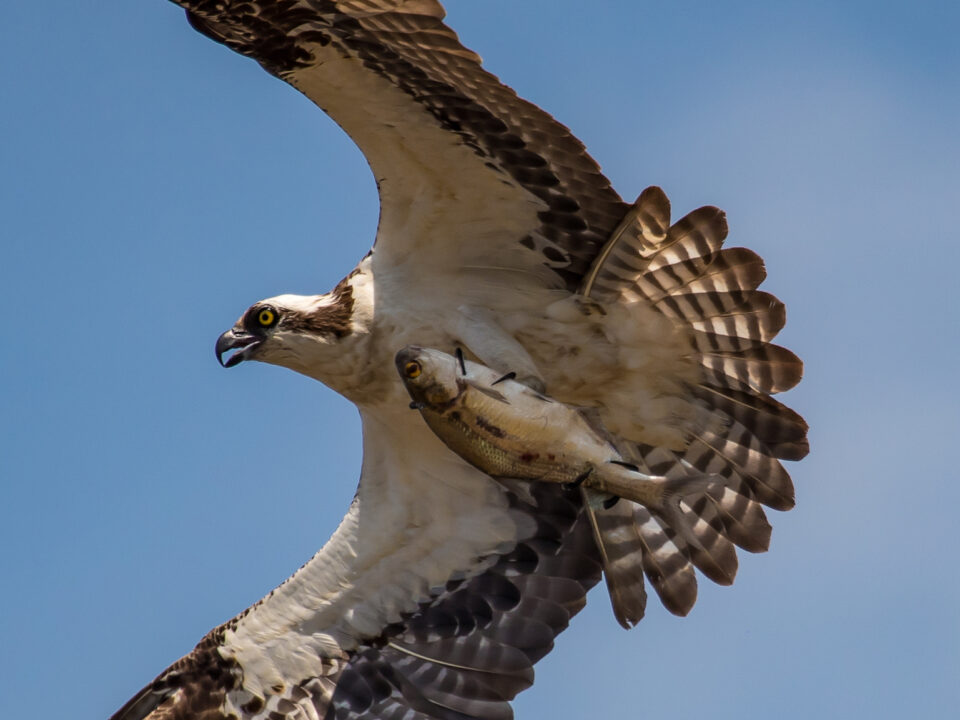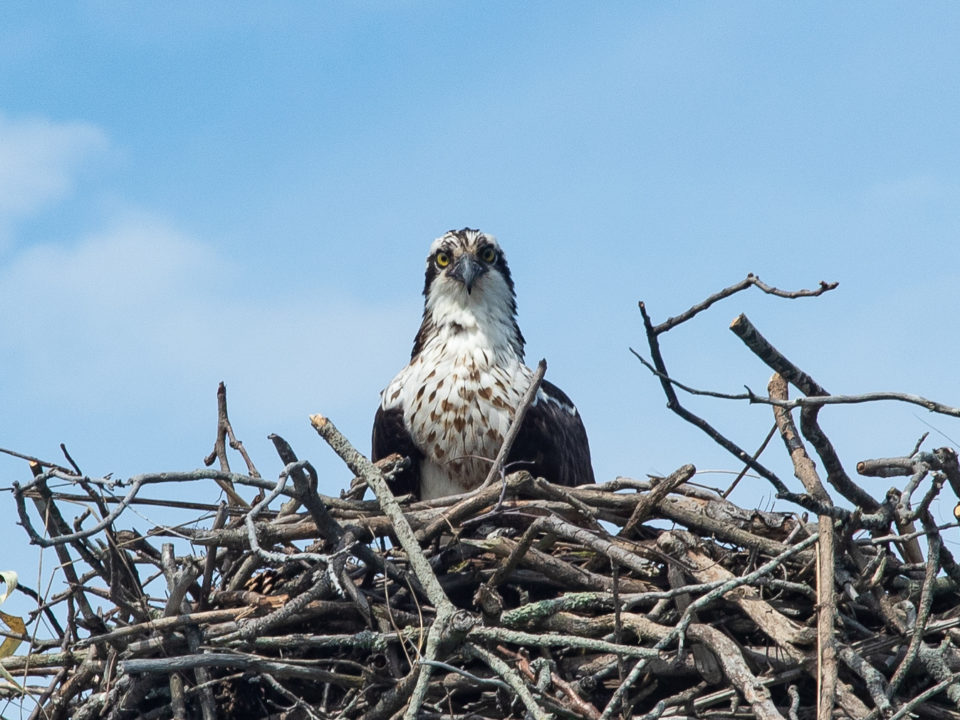Scientists Track Shorebird into Hurricane Irene
Camellia Makes Loop Around Va Beach
August 25, 2011Post Hurricane Irene Check In
August 31, 2011(Williamsburg, VA)—Scientists have tracked a migrating shorebird into Hurricane Irene. The shorebird, a whimbrel migrating from Canada to South America left Southampton Island in upper Hudson Bay on Saturday, flew out over the open ocean and appears to have encountered the outer bands of Irene on Tuesday. The bird named Chinquapin flew through the dangerous northeast quadrant of the storm during the day on Wednesday. It is being tracked by a small satellite transmitter and is scheduled to transmit a new set of positions within the next day. In 2010 this same bird flew around Tropical Storm Colin while a second bird flew into the storm and did not survive.
The long-term tracking study has documented several previous encounters between whimbrel and major storms. Earlier in August one of the birds flew through Tropical Storm Gert in the North Atlantic. This bird encountered high headwinds for 27 hours averaging only 9 miles per hour. Once through the storm, flight speed increased to more than 90 miles per hour as the bird was pushed by significant tail winds and made it back to Cape Cod, Massachusetts. In 2008, a bird was tracked into Hurricane Hanna and landed in the Bahamas only to be hit later by Hurricane Ike.
How migratory birds navigate around and survive major storm systems has been an open question to science. Achieving an understanding of this process is important because the Caribbean Basin is a major flyway for many bird species moving from breeding grounds in North American to winter in South America and their migrations coincide with the period of highest hurricane formation. Changes in storm frequency, intensity, or distribution may have implications for timing and routes of migratory movements.
This tracking project is a collaborative effort between The Center for Conservation Biology, Georgia Department of Natural Resources, The Nature Conservancy, The U.S. Fish and Wildlife Service, the Virginia Coastal Zone Management Program, and Manomet Center for Conservation Sciences.

Tracking map – Track of migrating whimbrel (Chinquapin) from Southampton Island into Hurricane Irene. This bird is being tracked using a 9.5-gram, solar-powered satellite transmitter. Photo by the Center for Conservation Biology.

Whimbrel fitted with satellite transmitter. Photo by Barry Truitt.
DOWNLOAD RESOURCES:
FROM: Center for Conservation Biology, College of William and Mary – Virginia Commonwealth University, Georgia Department of Natural Resources &Manomet Center for Conservation Science
FOR IMMEDIATE RELEASE: 25 August, 2011
MEDIA CONTACTS:
Dr. Bryan D. Watts, Director
Fletcher M. Smith, Biologist
Center for Conservation Biology
College of William and Mary
Virginia Commonwealth University
bdwatt@wm.edu
(757) 221-2247 office
(757) 272-4492 cell
Tim Keyes, Wildlife Biologist
Georgia Department of Natural Resources
(912) 262 3191 (office)
(404) 617 7111 (cell)
(912) 262 3143 (fax)
tim.keyes@gadnr.org
Brad Winn
Manomet Center for Conservation Science
bwinn@manomet.org
Related posts
An adult female osprey on a nest in the York River. The resident pair in this territory arrived in early March and remained on the territory throughout the nesting season. Despite being resident, she never was documented to lay a clutch. The most likely explanation for large numbers of pairs not laying clutches in 2024 is that females did not reach the nutritional condition required to produce eggs. Photo by Bryan Watts.




